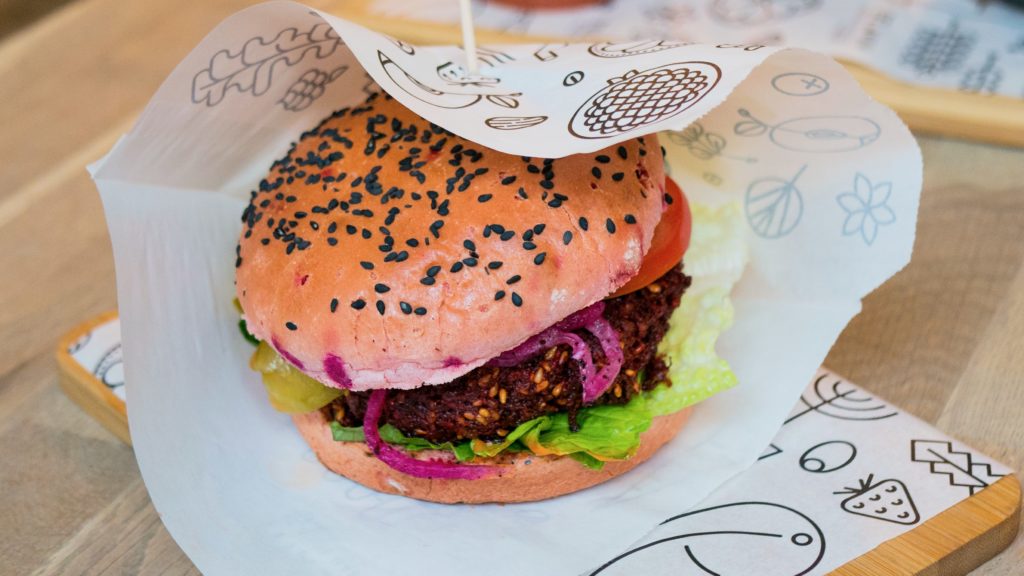If you’ve started or are planning to start a vegan diet, I can assure you have or will be asked,
“How do you get enough protein in your diet?”
As a new vegan, replacing animal-based protein with plant-based protein may seem like a challenge. I am here to assure you, however, that you can do it! You can follow a vegan diet and meet your daily protein intake with just a little planning. Soon it will become second nature!
Here is a list of plant based, high protein options that you can add to boost the protein content of your meals!
1. Tempeh
Tempeh is essentially a firm block of fermented soybeans that have been pressed together. Personally, I find it to be an incredibly versatile source of protein and I like to use it in recipes such as stir fries, tacos, buddha bowls, and even on sandwiches. Tempeh tastes nutty and perhaps a little bitter to some people when unseasoned or if not marinated. It does absorb the flavor of whatever you marinate it in very well, however, which is why it can be used in so many different recipes. When purchased, one block of tempeh is considered to make up 2.5 servings and each serving has around 16 grams of protein.
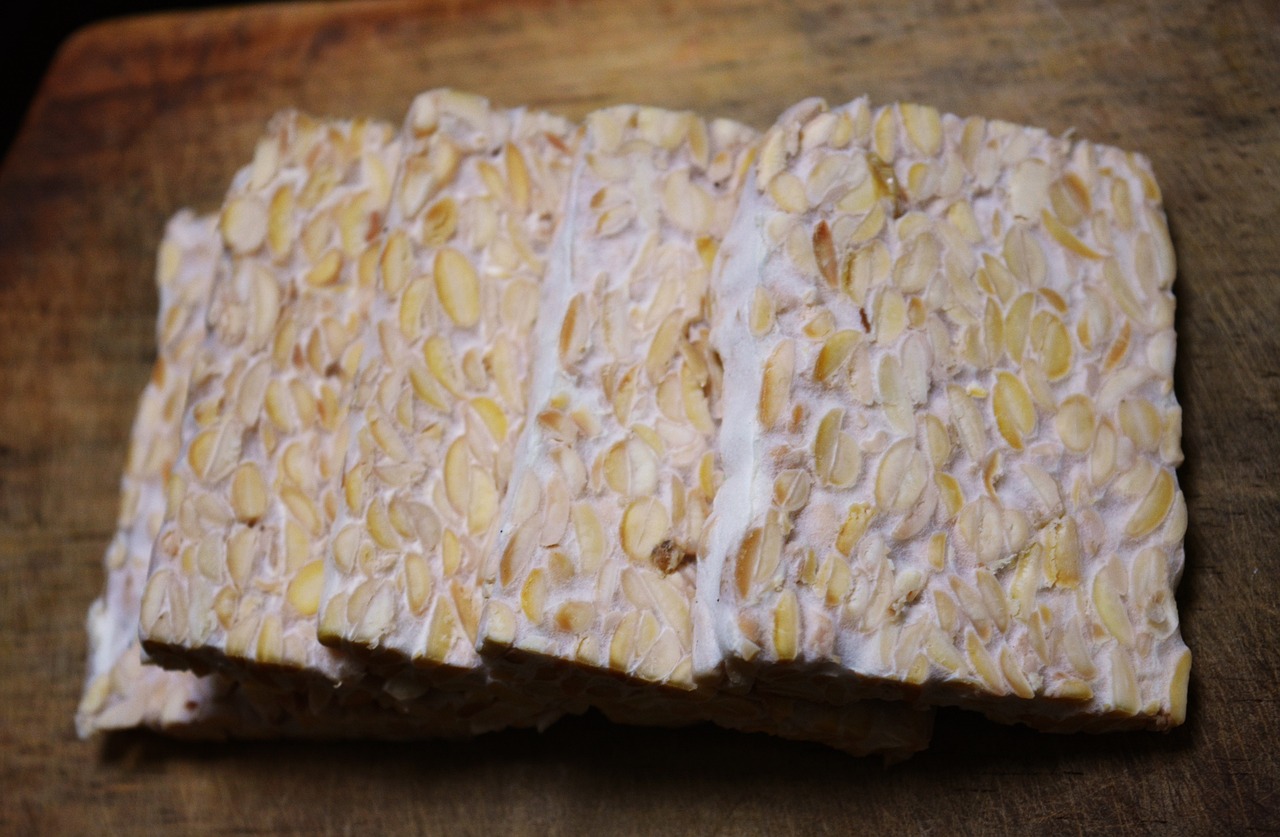
2. Tofu
Tofu is another soybean-based protein source but it is processed differently than tempeh. Tofu is made from soy milk that has been coagulated into curds of different firmness, which include silken, soft, firm, or extra firm. I like to use extra firm tofu for most recipes and recently have been all about preparing it in my air frier! Like tempeh, it is incredibly versatile and will also take up the flavor of whatever you season or marinate it with. Tofu tastes great in soups, pastas, hashes, or as a substitute for tempeh when needed. When purchased, one block of extra firm tofu is considered to make up 5 servings and each serving has around 8 grams of protein. I often use 2 serving sizes for one meal if I am using tofu as a primary protein source.
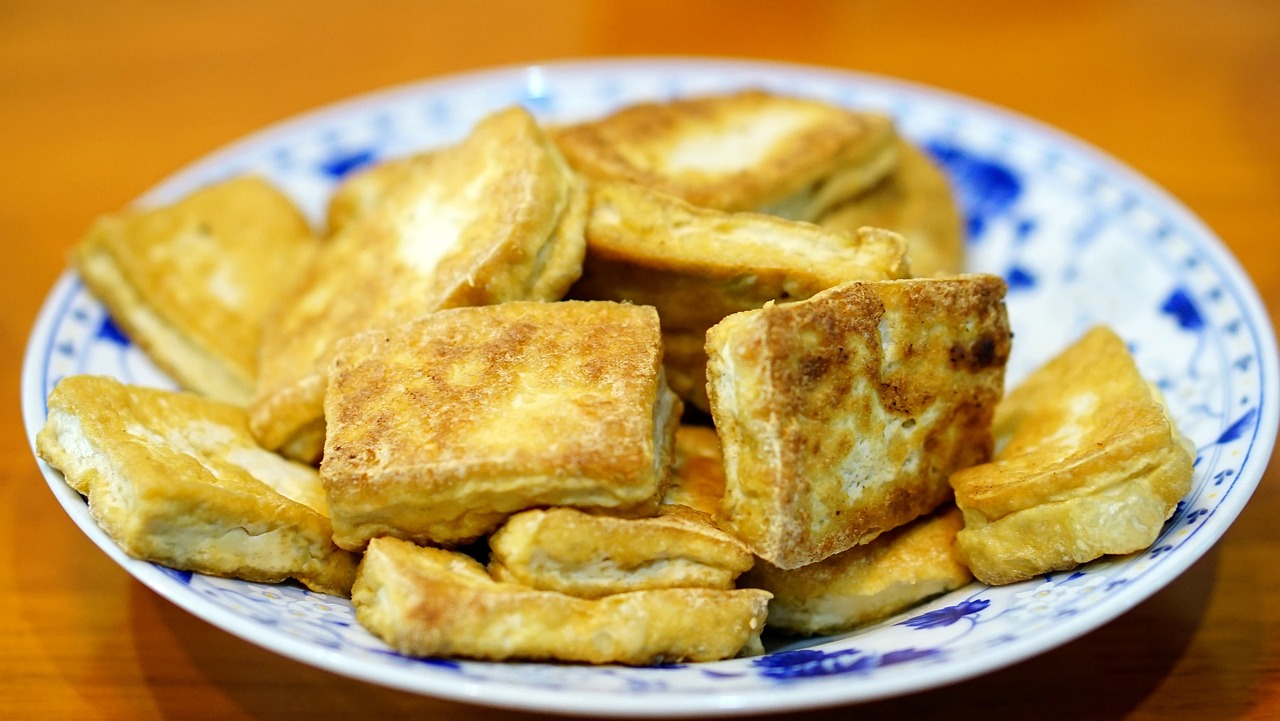
3. Edamame
Edamame are immature soybeans that can be prepared in their pods or unshelled. However, please note the pods are not edible and should be removed before consuming. Edamame is delicious by itself when steamed or boiled with a pinch of salt. I also like to use unshelled edamame it in soups, pastas, and stir fries. Typically, one serving of edamame is considered 2/3 of a cup and has 9 grams of protein.
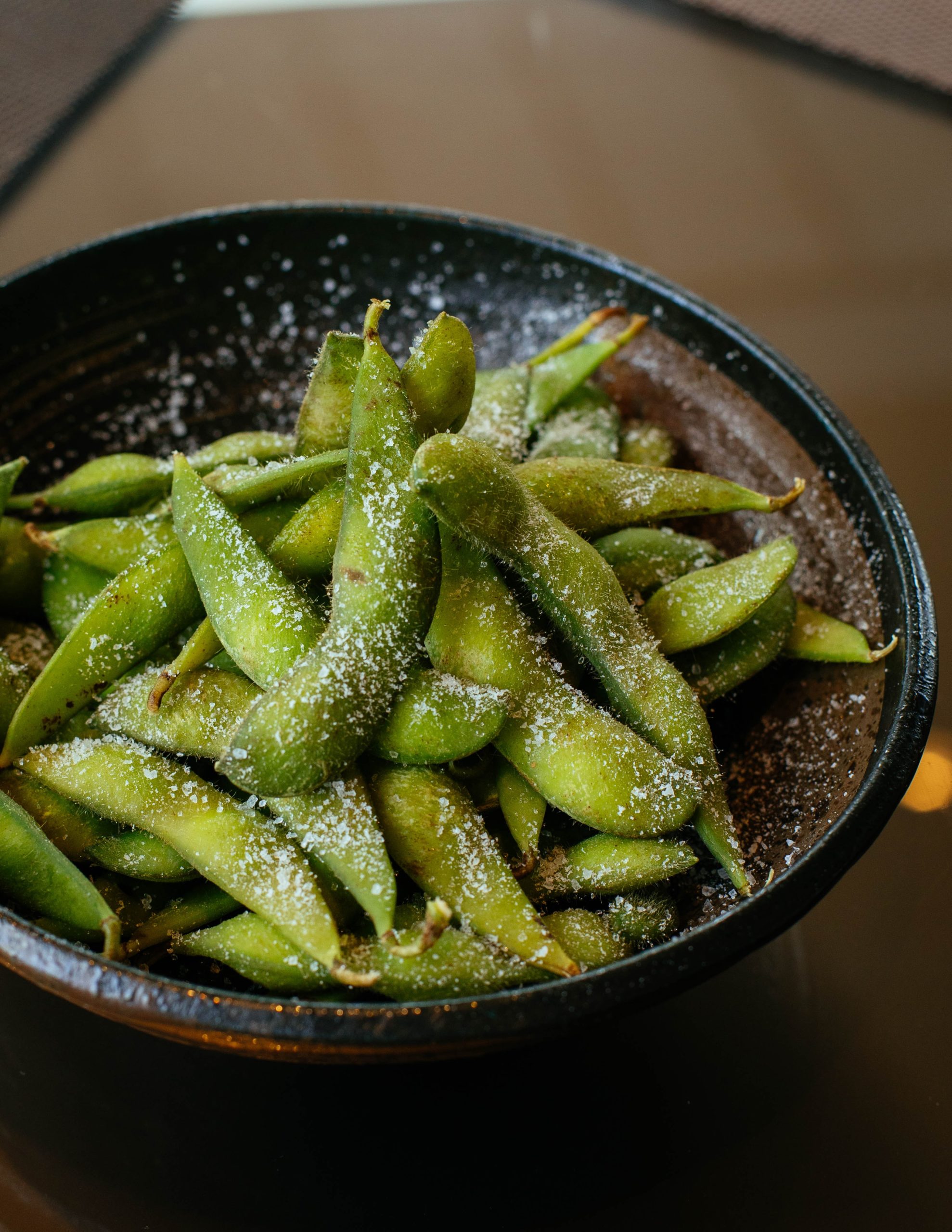
4. Beans and lentils
There are so many different types of beans and lentils to experiment with, which is exciting as you will have no shortage of recipes to try! I like to use beans and lentils in tacos, burritos, chilis, and salads. Although not necessary, I am a fan of soaking my beans and lentils before using them in any recipe to give them a softer texture and to reduce some of the sodium content. One cup of lentils contains around 18 grams of protein and 1 cup of beans contains around 15 to 16 grams of protein, depending on variety.

5. Farro, quinoa, and other grains
Rease and I love to meal prep our lunches every week and whole grains are considered a staple for us. We often like to use the quick cook farro or quinoa from Trader Joe's, as a large batch can be prepared in less than 20 minutes. Other options we have experimented with include wild rice, whole grain pasta, barley, freekeh, and wheat berries. Incorporating whole grains into our lunches helps us both stay full and energized. 1/2 cup of farro and quinoa contains around 4 to 5 grams of protein.
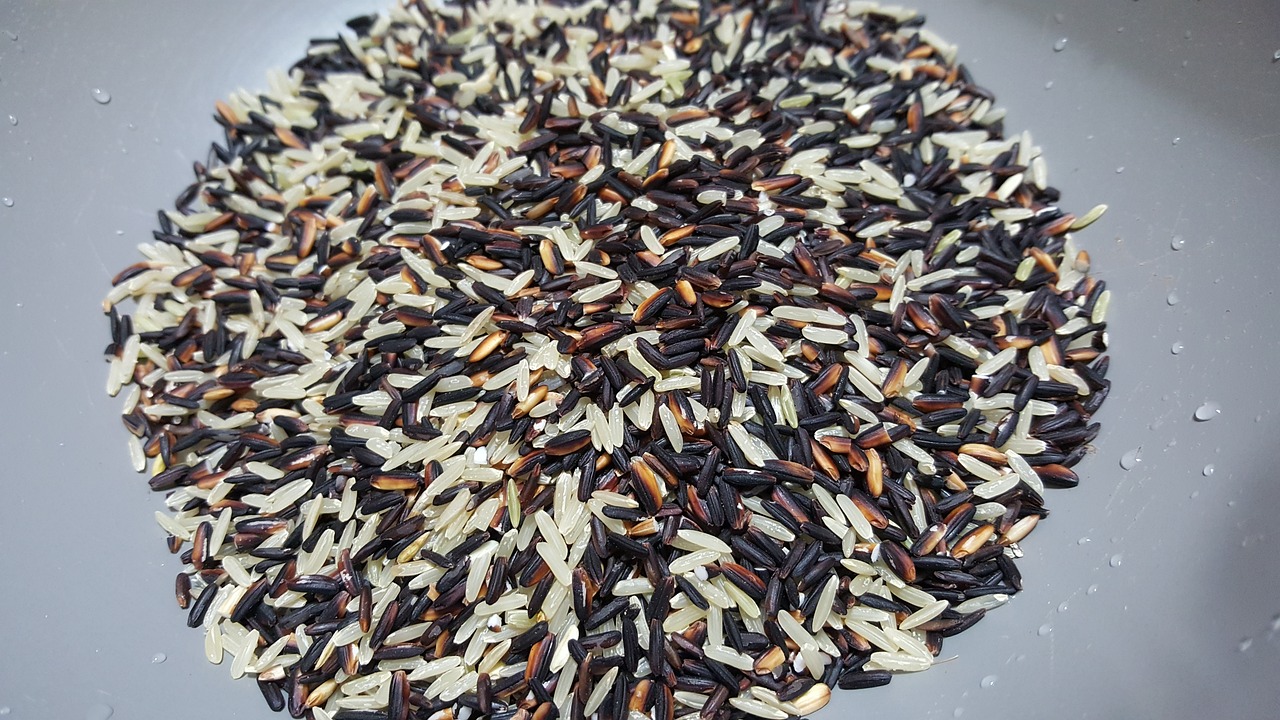
7. Peas
When I initially went vegan, I was surprised to learn that peas contain a fair amount of protein per serving. Like edamame, peas are delicious on their own and also pair well with pastas, salads, soups, and vegetable hashes. One cup of peas contains around 9 grams of protein.
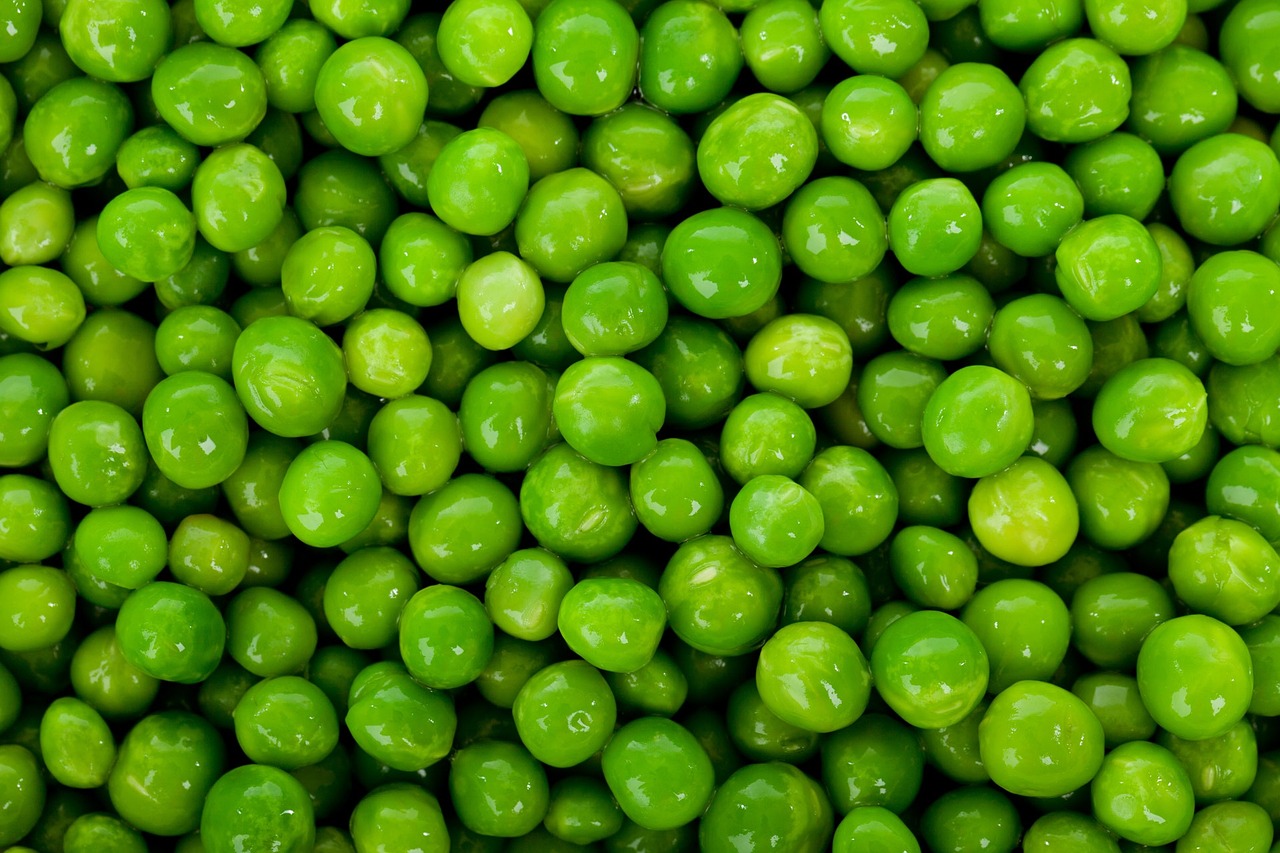
8. Seitan
Seitan is made from wheat flour and can often be used to replace tempeh or tofu in a recipe. It has a chicken-like texture and many people think it tastes like unseasoned chicken or mushroom. Like tempeh and tofu, it absorbs seasonings and marinades well which makes it versatile. If you have a gluten sensitivity or celiac disease, you may want to consider avoiding this protein source. Two ounces of seitan contains 17 grams of protein.
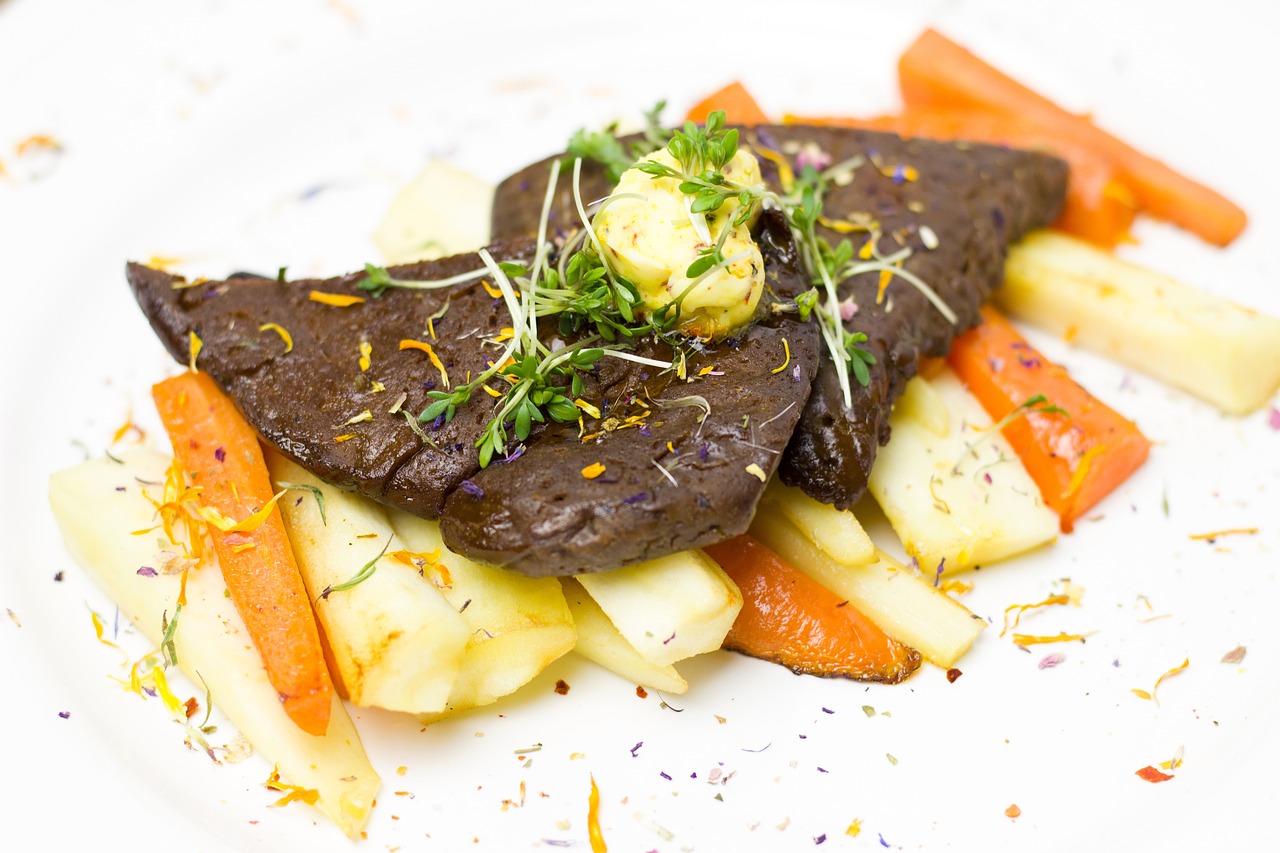
9. Nuts
In addition to being a great source of unsaturated fat, nuts also contain protein! I love keeping bags of trail mix around the house to have as a snack. I also enjoy adding cashews or peanuts to stir fries, smoothie bowls, salads, oatmeal, and pizza dishes. Depending on variety, one serving of nuts (one ounce) typically contains 6 - 8 grams of protein.
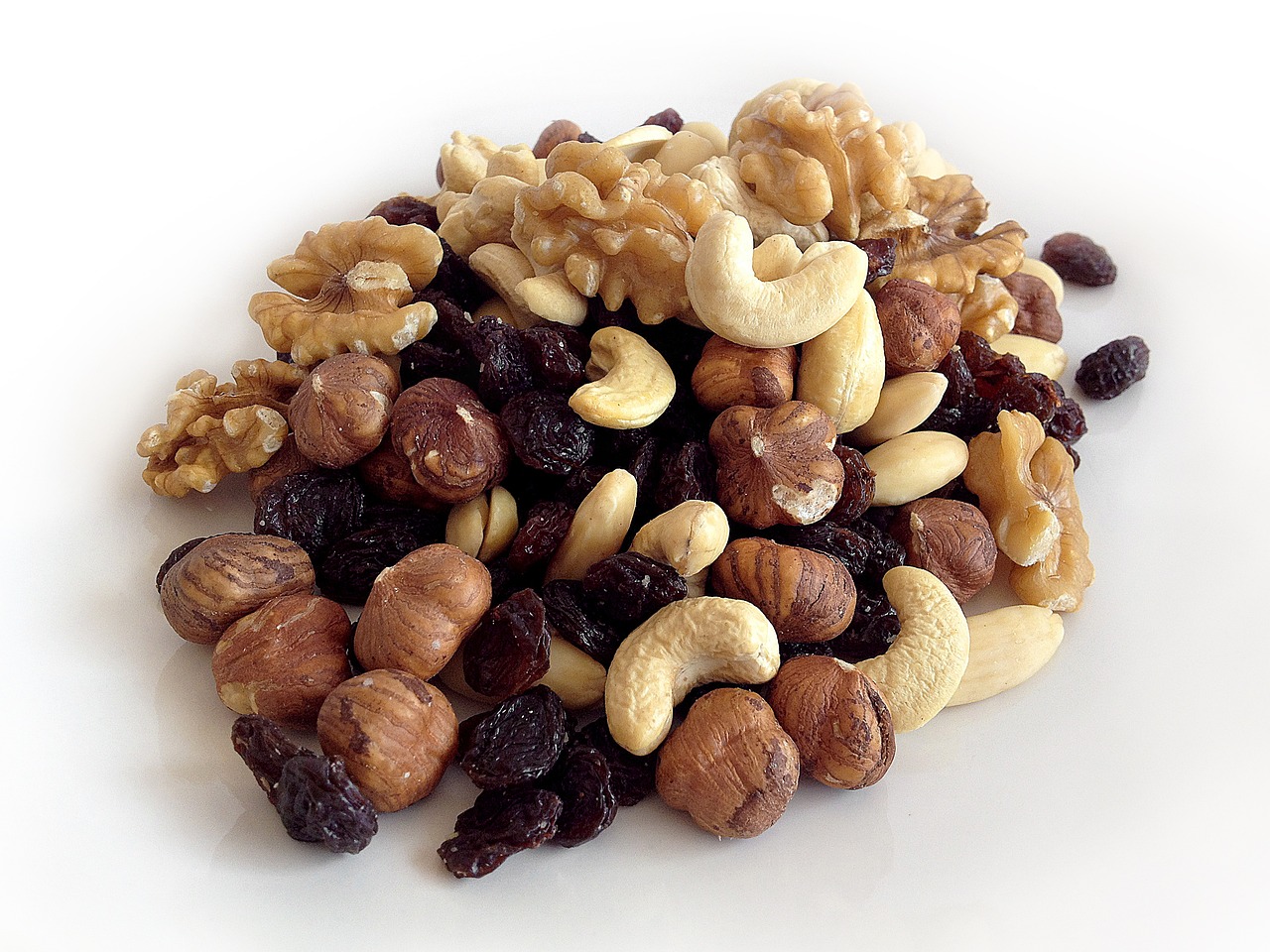
10. Seeds
Like nuts, seeds are a great source of unsaturated fat and protein. There are many varieties of seeds to experiment with and my favorites include hemp, chia, sunflower, and pumpkin seeds. They pair well in oatmeal, smoothie bowls, baked goods, and salads and also on their own as a snack. Serving sizes vary greatly depending on variety but you can expect to get anywhere between 6 - 20 grams of protein per serving when snacking on seeds!
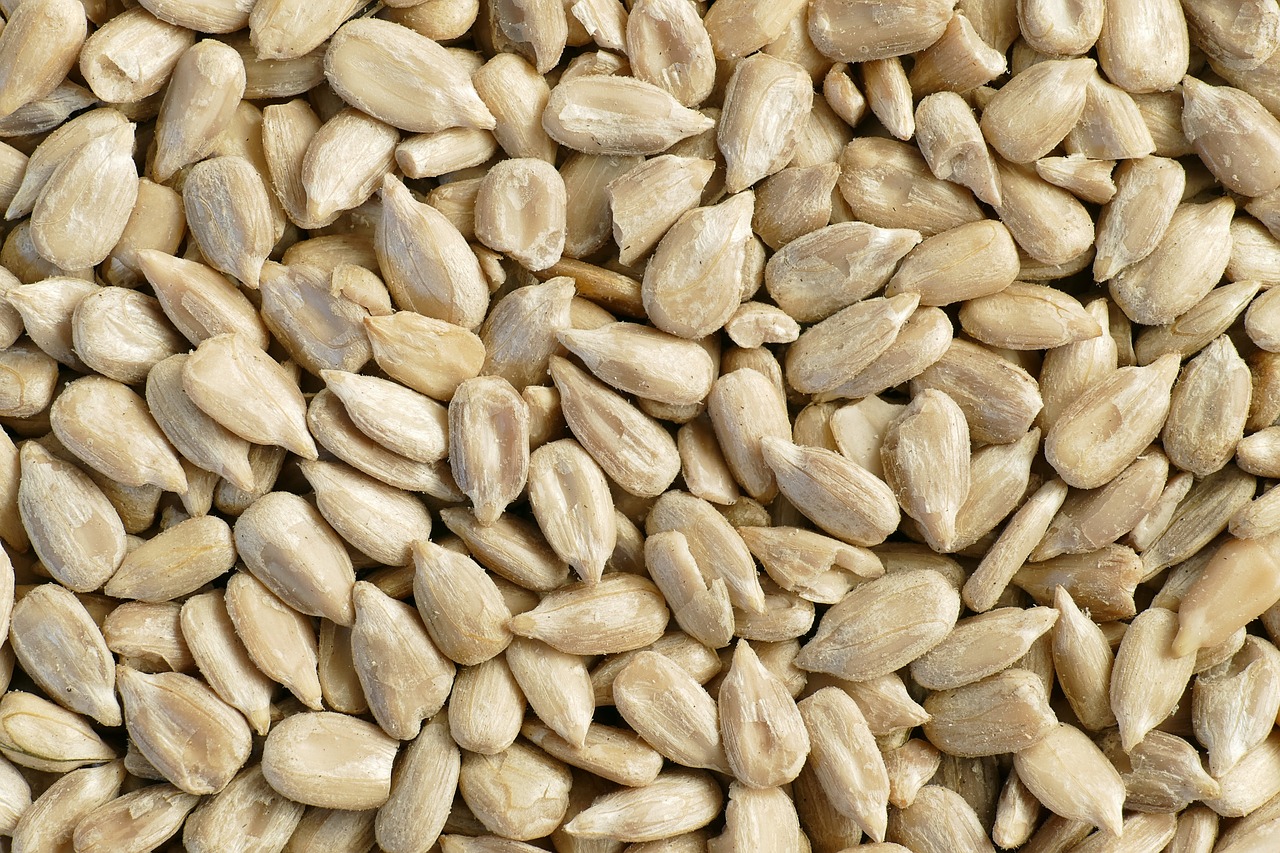
11. Bread
I think bread has been given a bad reputation, especially amidst avid dieters looking to avoid refined carbohydrates. While bread is a high-carbohydrate food, it can be incorporated into a balanced diet and help you stay energized and achieve your daily protein intake. I like to opt for multigrain, seedy breads (like Dave's Killer Bread or the Trader Joe's brand) to use for sandwiches and toasts. One slice of multigrain bread contains around 5 grams of protein.
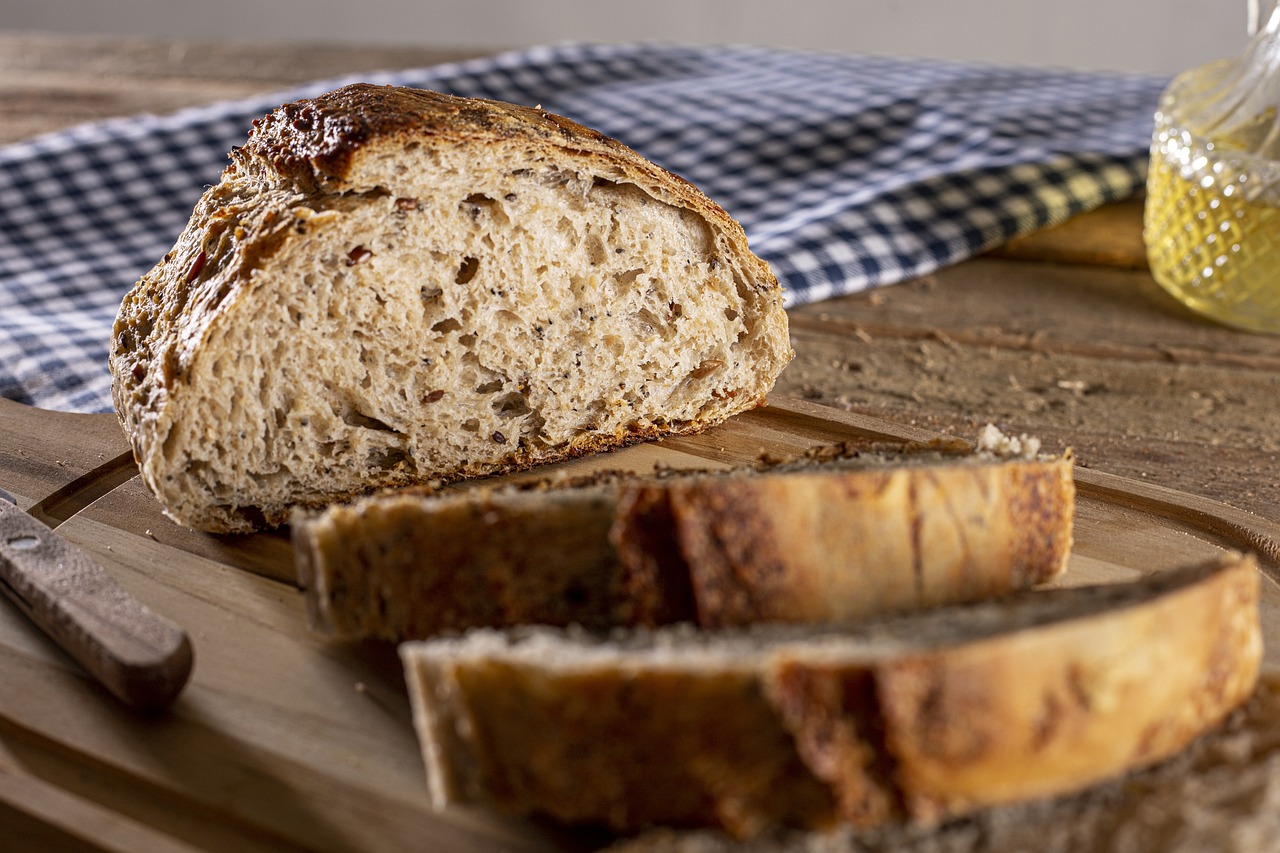
12. Falafel and hummus
Falafel is made from deep fried fava beans or chickpeas (or both) ground together and made into patties. They are a tasty staple in Middle Eastern dishes such as pitas and rice dishes. Hummus is a creamy dip made from blended chickpeas and tahini and can be found in a variety of different flavors to use on sandwiches, salads, or as a vegetable or chip dip. Often eaten together, falafel contains 13 grams of protein per 6 small patties (~100 grams) and hummus contains approximately 2 grams of protein per tablespoon.
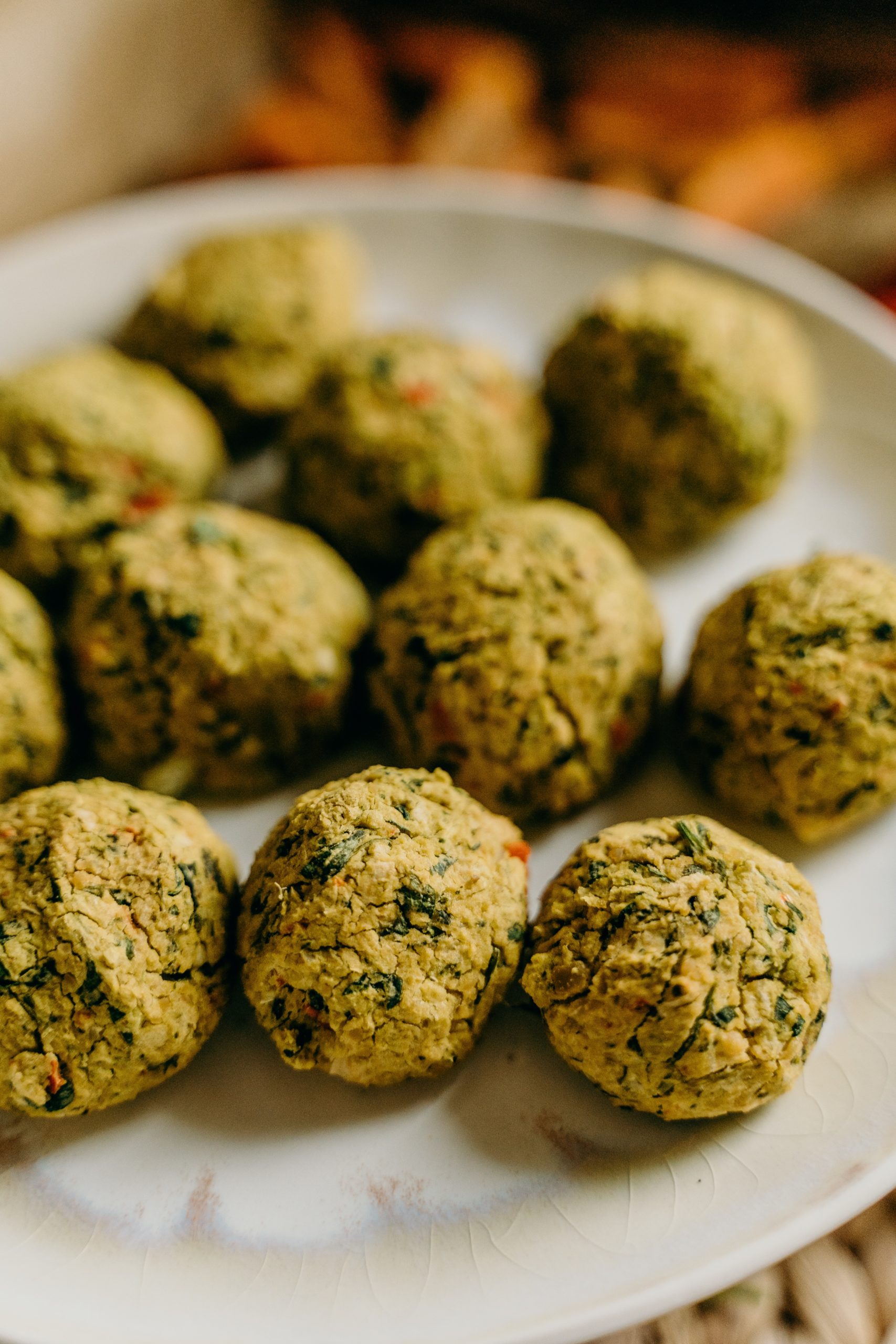
13. Oats
Oatmeal is my favorite way to start the day and can be prepared in so many ways to keep things interesting. Oats are a whole grain that can also be prepared by blending into smoothies, adding to baked goods, or used to replace rice or another whole grain in a recipe. There are several types of oats, which include steel cut, old fashioned, instant, and oat bran. I prefer to use steel cut oats in my oatmeal but all varieties have worked for any recipe I've tried. One serving of oats is typically considered 1/4 of a cup and contains between 5 - 7 grams of protein per serving depending on variety.
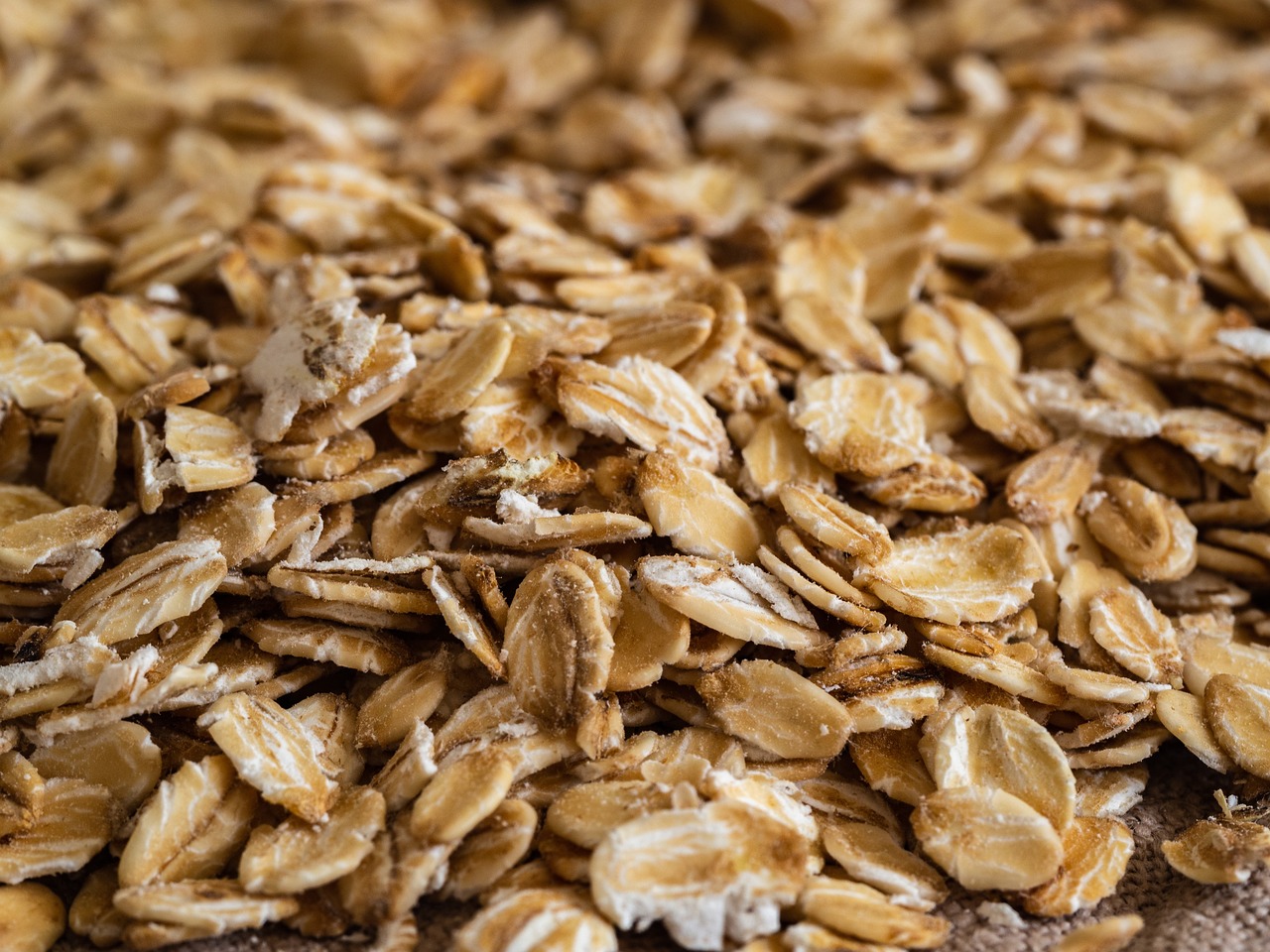
14. Leafy greens
You too can channel your inner Popeye when you incorporate leafy greens in your diet. Two cups of spinach packs in 5 grams of protein! All leafy greens pack a protein punch, so explore around and give kale, arugula, or collard greens a try too! Leafy greens make a great salad base but can also be incorporated into smoothies, rice bowls, sandwiches, and even on pizzas.
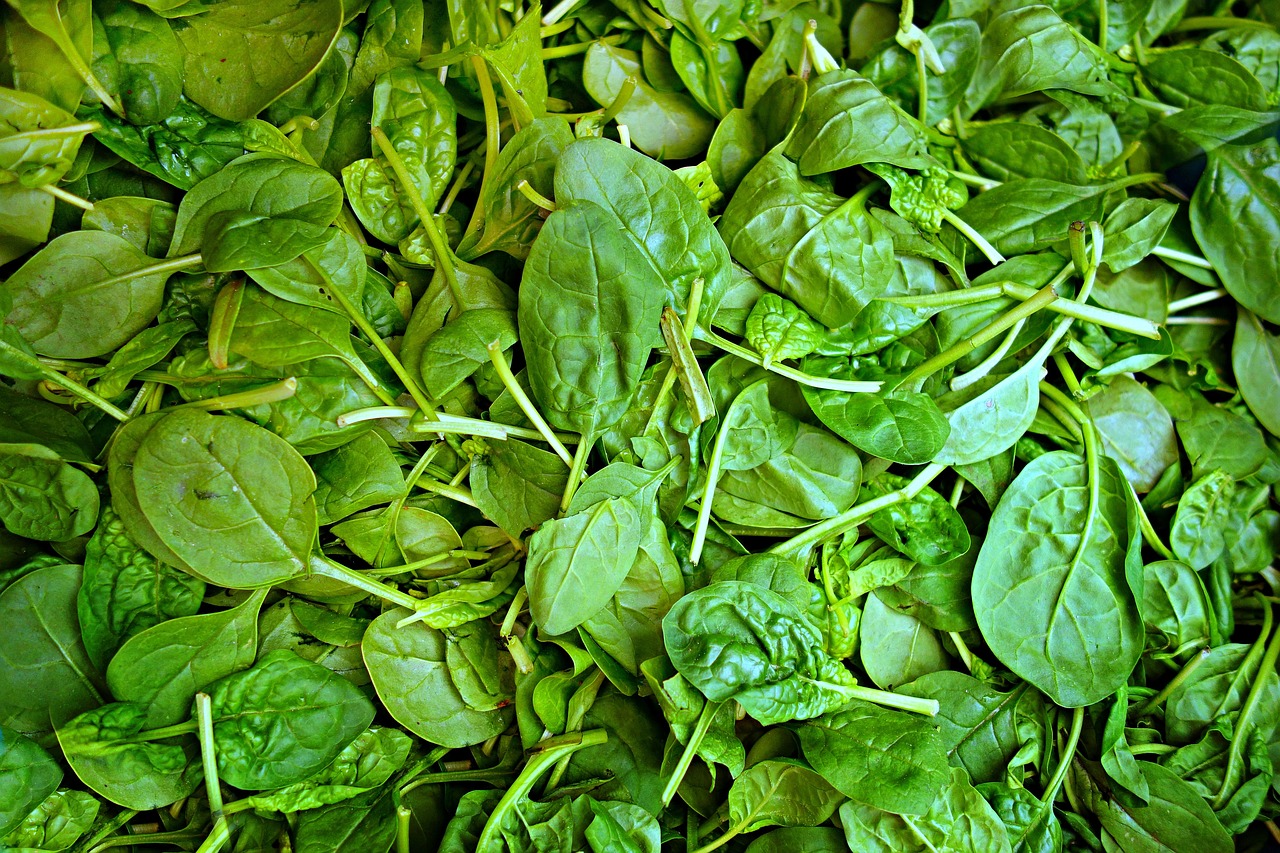
15. Nut butters
I have found a nut butter for almost every type of nut, with the most affordable and well known being peanut butter. Flavor-wise, I prefer the taste of almond butter and Costco sells large jars of it for a great price! In two tablespoons of any nut butter, you will add 6 - 7 grams of protein to your recipe. I like to add nut butters to oatmeal, smoothies, toast, and in some sauces for Asian cuisines.
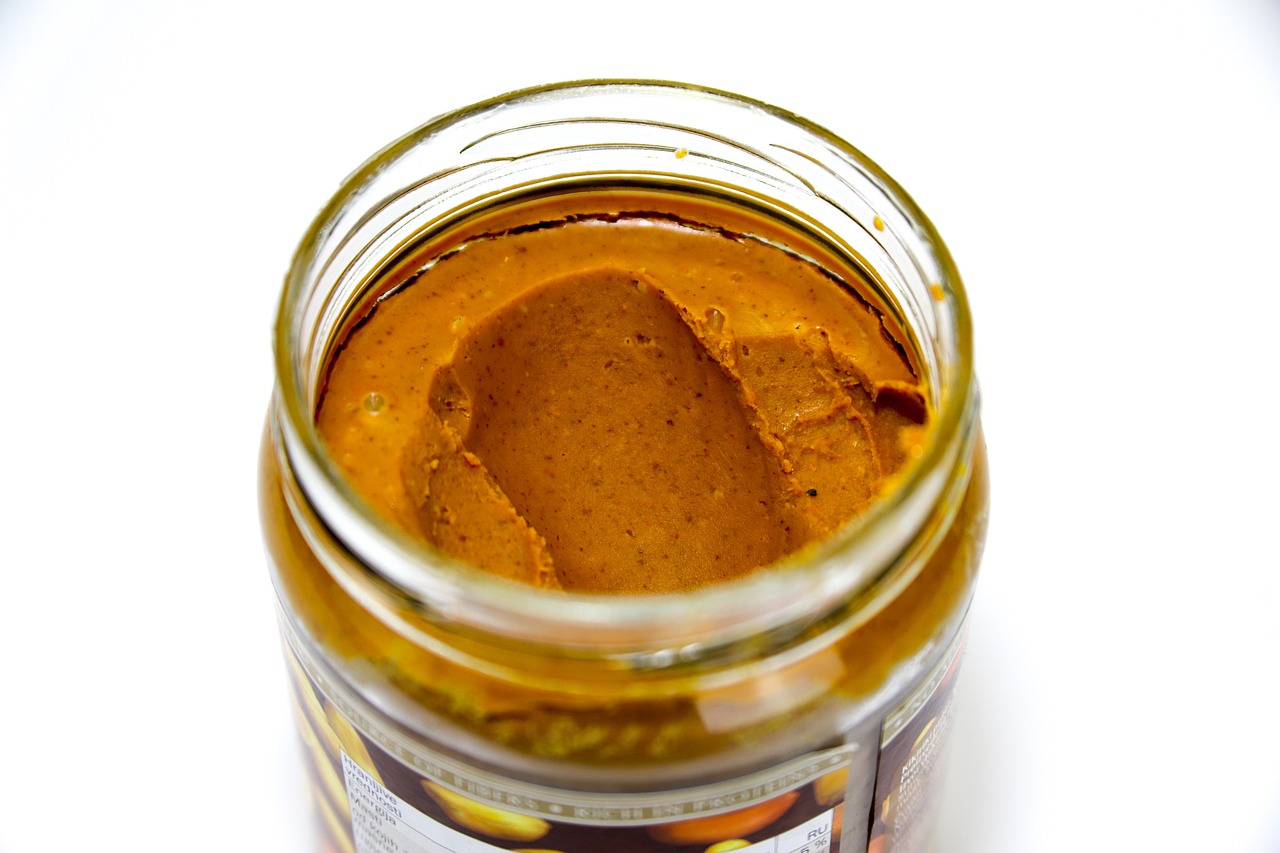
16. Protein powder and bars
Sometimes, life gets busy and you just need something quick to fill you up. Or maybe you need to supplement to get to your desired level of protein intake. Regardless, there are a plethora of different protein powders and bars on the market that are marketed as vegan. My favorite protein powder is made from Garden of Life and it is a pea protein powder, which provides 20 grams of protein per serving. As for protein bars, I am currently obsessed with the Plant Based Barebells Hazelnut bar which provides 15 grams of protein per bar. You can also make protein bars homemade!
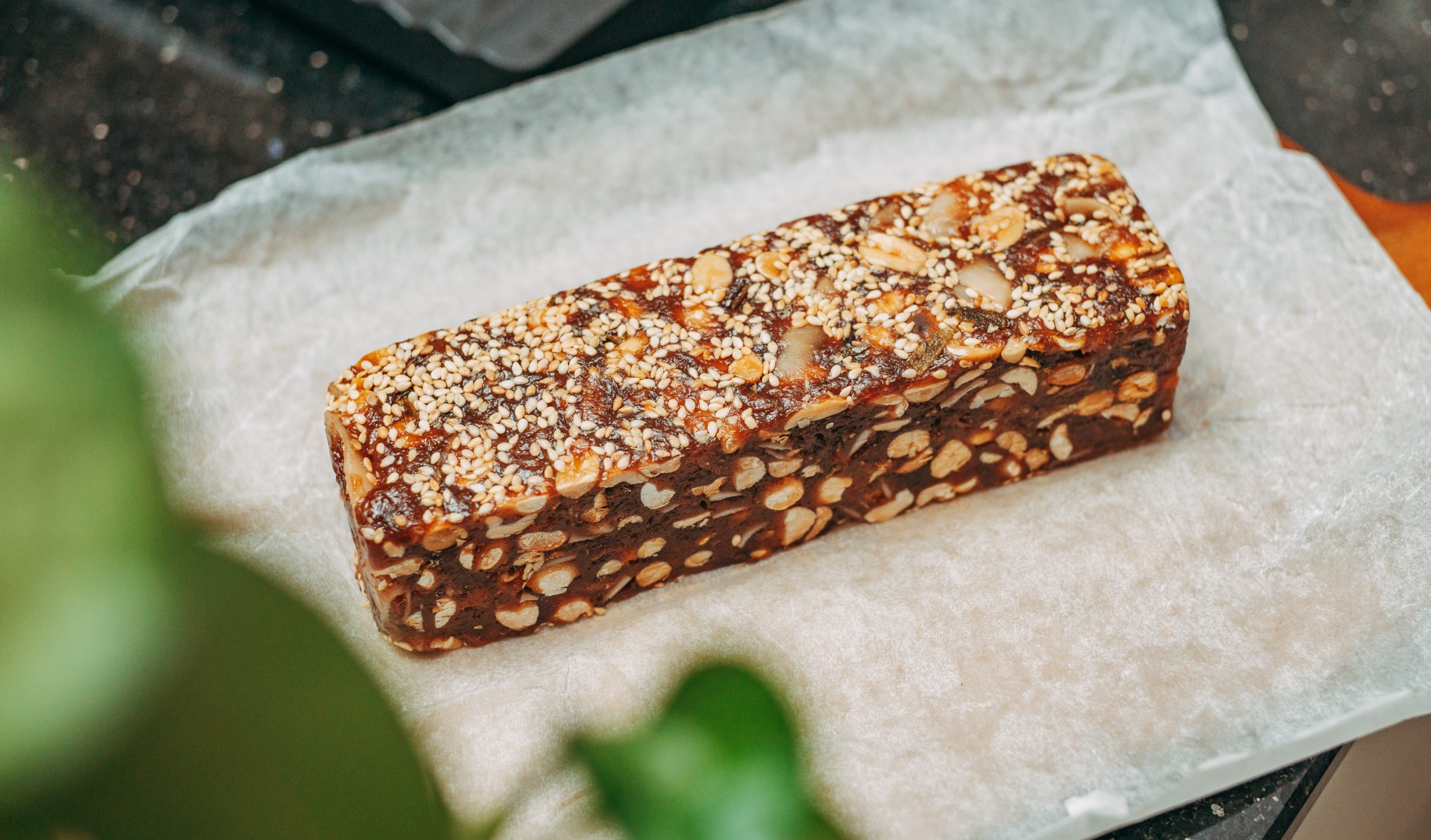
17. Meat substitutes
I typically do not purchase many meat substitutes as they are quite processed and are often high in sodium content. However, if you are going to a restaurant or a barbecue, they are wonderful options to have available to you. I have seen meat substitutes for almost every type of meat -- chicken patties, beef burgers, sausages, and even sandwich meat. These substitutes are most often soy-based and range anywhere from 15 - 25 grams of protein per serving.
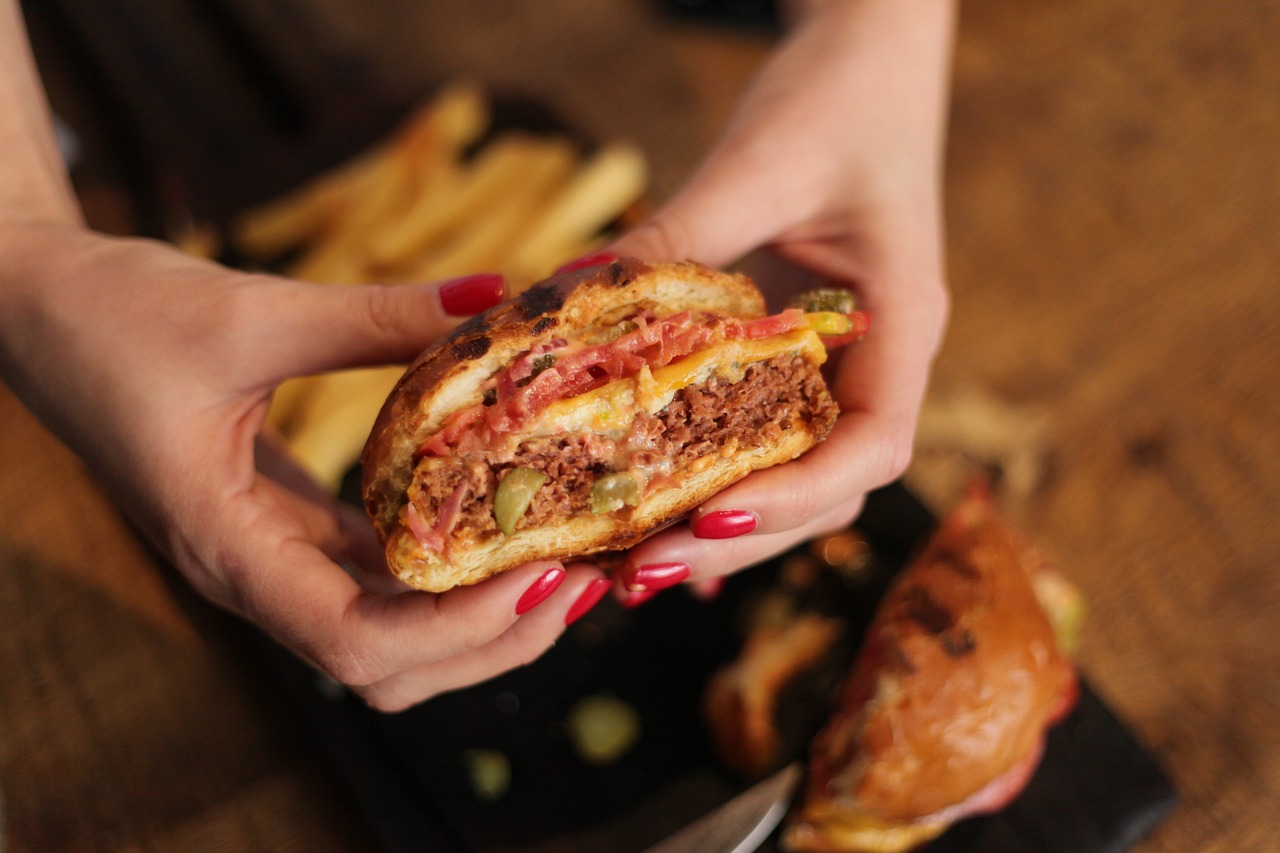
As you can see, there are many vegan sources of protein that can easily help you achieve an adequate protein intake. I hope you find this post helpful as you get started on your vegan journey or are simply looking to boost your protein intake. Next time someone asks you how vegans get enough protein, feel free to send them this link!

